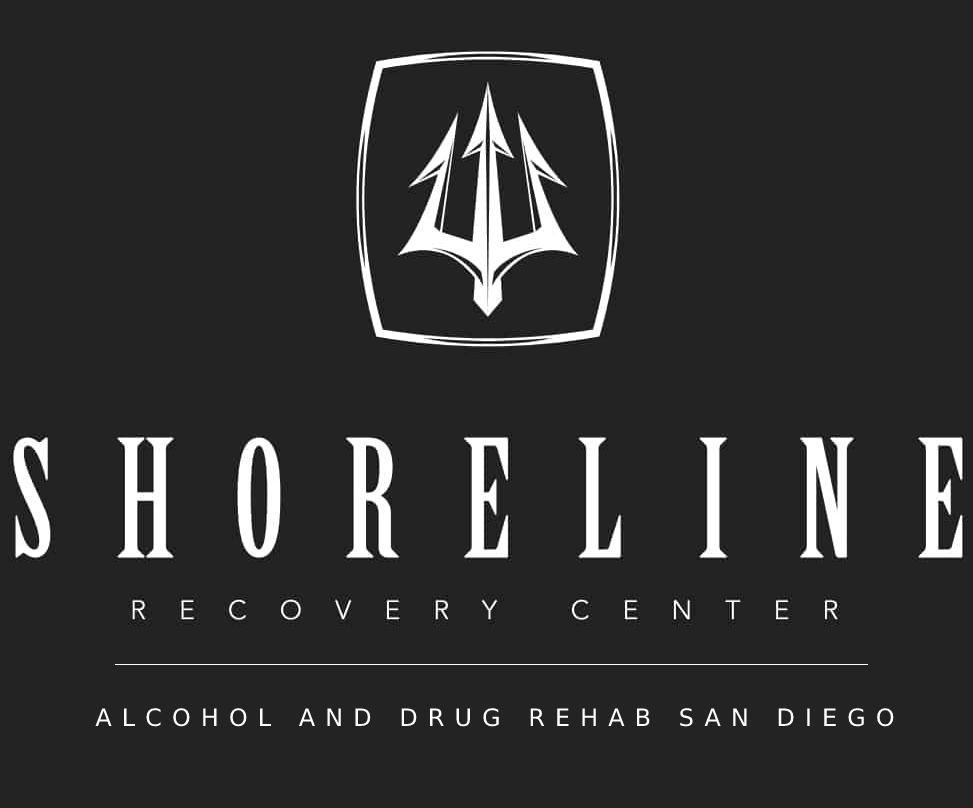What is music therapy?
Music is a part of the cycle of natural life. Music is based on rhythm and harmony. Human life is based on rhythm. Day and night, seasonal changes, and all physiological and biological functions are rhythmic. We inhale and exhale; our hearts beat in systole (contraction) and diastole (expansion or relaxation.) Sleeping, eating, menstrual cycles, walking, talking, and other, if not all, functions of life are rhythmic.
Music therapy utilizes the power or natural mood-lifting properties to interact and comminate with an individual’s emotions, mental health, and overall wellbeing. A goal-oriented intervention that can involve the following:
- Writing songs
- Dancing
- Singing
- Discussing music
- Making music
- Listening to music
Music can have powerful effects on the mind. Individuals who suffer from mental health disorders such as depression and anxiety can benefit significantly from various types of music therapy. Further studies have shown that this therapy may improve the quality of an individual life, especially if they suffer from physical health problems. Anyone of any educational level can engage in music therapy; you don’t need any background within the music industry to experience the positive effects music can have on your body.
The history of music therapy
Music has been a considerable part of human life, with experts finding instruments that date back to over 40,000 years ago, which suggests that humans have a core desire to communicate and express themselves through the art of music.
The Ancient Greeks were known to use music therapy for healing. Since ancient times, music has been recognized for its therapeutic value. Greek physicians used flutes and lyres to heal their patients. They used vibration to aid in digestion, treat mental disturbance, and induce sleep.
What are the benefits of music therapy?
Different styles of music can have significant effects on a person’s mood with a wide range of emotions from angry to sad, excited to anxious, happy to thoughtful. You can learn a lot about a person and how they are coping with life from what they are currently listening to.
Music therapy is a bespoke therapy that can be adapted to suit you and your mental or physical disorders, no matter what they are. A highly versatile therapy, engaging with music can:
- Release endorphins
- Relax tension in the muscle
- Lower your heart rate
- Fulfill social needs
- Decrease your blood pressure
- Increase motivation
- Stronger connections with loved ones and friends
- Relive stress
- Increase the feeling of calm throughout the body
- Activate specific regions of the brain that are influential to factors such as:
- Memories
- Rewards
- Emotion
- Sensory relay
- Decision making
How does music therapy work?
Music and the brain are complex situations. All variations of music are processed by different parts of the brain; this includes the melody, pitch, and tempo of a piece of music.
From our understanding, the brain’s frontal lobes decode the emotional signals created by music. The smaller section of the right temporal lobe understands the pitch of the piece of music being listened to.
The nucleus accumbens, the brain’s reward center, can often produce powerful physical signs of pleasure, resulting in the individual experiencing such effects as goosebumps and back shivers.
Healing instruments used
Voice can often be the only instrument used in specific music therapy sessions; however, the type of music therapy techniques utilized will determine the possible instrument at your disposal. That can be anything from:
- Drums
- Harm
- Tuning fork
- Guitar
- Singin bowls
- Flute
- Piano
- Handheld percussion
- Melodica
- Maracas
- Tambourine
- Ukuleles
- Other instruments
The types of music therapy
Music therapy is very much based on two fundamental methods:
Receptive – Receptive music therapy is the art of listening to either live or recorded music. Reception music therapy can sometimes involve responding to music via dancing or other body movements along with the beat. There is evidence that the chemistry within an individual body can change, resulting in such factors as lowered cortisol levels.
Furthermore, receptive music therapy can:
- Decrease stress levels
- Decrease pain levels
- Improve your overall mood
- Enhance relaxation
- Decrease anxiety
- Decrease the severity of depression
- Aid with coping skills
Active – When it comes to active music therapy, individuals will engage in the form of music-making. This can be anything from:
- Singing
- playing an instrument
- rapping
- songwriting
- conducting
- composing
- chanting
Researchers are currently running tests to see if individuals playing the harmonica who suffer from COPD will help improve the individual’s lung function.
Some therapists use a combination of receptive and active music therapy techniques depending on the individual’s circumstances. There are several established music therapy techniques which can include the following:
Cognitive behavior music therapy
This music therapy approach combines the art of cognitive behavior therapy with music. Within this therapy technique, music is often used to modify certain behaviors while reinforcing others. CBMT is a structured session, unlike other music therapy techniques that are often improvised. Individuals can find themselves playing with instruments, listening to music, singing, and dancing.
Analytical music therapy
Analytical music therapy is more on the improvised path; the therapist will encourage you to create a musical dialogue through the art of playing an instrument or singing to allow you to act on your unconscious thoughts. These techniques can help you identify and reflect on what is brought to light throughout the session.
Dalcroze Eurhythmics
Dalcroze’s method is the art of appreciating the music you hear and expressing how it makes you feel through your body’s motion or movements. Initially, the Dalcroze method was utilized to teach individuals about self-expression and spatial awareness by tapping into the coordination of the body and the mind while listening to music.
Additionally, this specific music therapy technique can promote a sense of relaxation while enhancing imagination and creativity and a sense of acceptance and feeling included when in a large group.
Nordoff-Robbins’s music therapy.
Nordoff-Robbins’s techniques will often involve an individual playing an instrument while the therapist within the session accompanies them using another instrument.
This technique, like analytical music therapy, is also usually improvised process that will allow music to encourage self-expression.
Vocal psychotherapy
As written in the technique’s name, individuals will use various vocal exercises, breathing techniques, and natural sounds to connect with their inner impulses and emotions. Vocal psychotherapy is a technique that creates a more profound sense of connection within yourself.
Benezon music therapy
A combination of music therapy techniques connects the art of making music with psychoanalysis. Benzon’s techniques allow individuals to explore and find their sound identity, often translating an individual’s internal psychological state.
What music therapy can help with?
Individuals who are suffering from the following mental and physical health issues can benefit greatly from various music therapy techniques:
- Chronic pain
- Autism
- Cardiac condition
- Negative mood
- Headaches
- Depression
- Surgery related issues
- Respiration problems
- Issues relating to childbirth
- Impulsivity
- Low feelings of self-esteem
- Anxiety
- Emotion dysregulation
- Rehabilitation after a medical procedure or injury
- Insomnia
- Schizophrenia
- Traumatic brain injury
- Stroke
- Obsessive-compulsive disorder
- The trouble with coordination and movement
- Neurological disorders
Evidence has shown that various music therapy techniques can also help young children and adolescents:
- Self-reflect
- Improve their communication skills
- Recover from trauma
- Develop their identity’s
- Learn to regulate their every changing emotion
What to take away from music therapy
Music therapy is in no way a ‘cure’ for any form of a mental or physical health condition; however, it has been proven that it is an effective and rather enjoyable exercise that can significantly reduce the symptoms of several mental illnesses health conditions.
Music therapy is a way for individuals to access their creative side and an accessible way to express how they are feeling without speaking. Through these techniques, individuals can process a currently stressful or unpleasant situation or experience they are going through, such as a death in the family.
Not only are there great mental health benefits, music therapy proving a creative outlet for individuals to feel free, is known to improve cognitive skills such as memory while expanding an individual’s knowledge.







